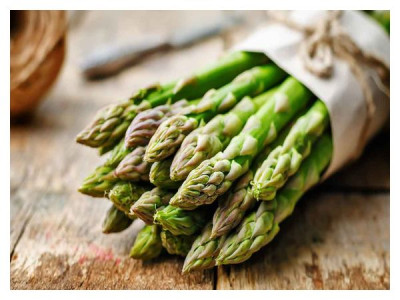Barren flowers... These flowers without ovaries can cause many questions among novice gardeners. Indeed, what is the reason for this phenomenon, if the vegetable seedlings were strong and healthy? If they were transplanted on time, fed and watered correctly? What to do? Pollinate manually? Yes, if the fruits do not set, you need to help them. And we will tell you how to do it.
What is pollination?
Pollination is a phase of sexual reproduction of seed plants, when pollen is transferred from the anthers of the stamens to the stigma of the pistil. As a result, fertilization and fruit set occur. But for the pollination process to proceed normally, each crop requires its own temperature and humidity conditions. Minimal deviations from it can lead to «empty» flowering.
How tomatoes are pollinated

Tomatoes are optionally self-pollinating plants. Each flower has both female (pistil) and male organs (stamens). This means that the pistil is capable of fertilizing itself with its own pollen.
But for this it needs a little help from the outside:
- a gust of wind,
- flowing drops of moisture,
- the touch of insect paws, etc.
And if when planting in open ground with self-pollination there are usually no problems, then in a closed greenhouse self-pollination may not occur.
Optimal conditions for normal pollination and fruit setting in tomatoes

- Mechanical transfer of pollen.
- The favorable temperature range is within 20-25°C.
- Tomatoes are harmed during flowering by both very high (above 32°C) and low temperatures (below 13-14°C).
- The humidity level is not higher than 70% and not lower than 30%.
If the first case deviates, the pollen will simply stick together in lumps and will not be able to fall out of the anthers. On the other hand, excessively dry and hot air (insufficient watering, stuffiness in the greenhouse or dry heat outside) can also lead to pollen sterilization.
Signs of pollination problems in tomatoes
The stigmas of the pistils - «in search» of pollen - continue to grow in length, stretching greatly beyond the surrounding stamens. Unfertilized flowers dry up and fall off.
How cucumbers are pollinated

Cucumbers are cross-pollinated plants. They have male and female flowers - and they are located on the same plant. The former are distinguished by graceful «legs», and the female ones - by thickened bases in the form of small cucumbers. After pollination, the male flowers die and fall off, and from the female flowers, if the outcome is good, fruits are formed.
Cross-pollination requires the participation of "intermediaries" that deliver pollen grains from the stamens to the stigma of the pistil.
The «helpers» are:
- pollinating insects,
- air currents,
- water droplets (rain, dew).
Optimal conditions for normal pollination and fruit setting in cucumbers
The cucumber crop is native to the tropics and subtropics of India, so extreme heat and humidity will not interfere with the formation of ovaries. The development of pollen can only be hindered by a cold snap, when the daytime temperature drops below 15 ° C.
How to carry out artificial (manual) pollination of cucumbers and tomatoes

If full-fledged independent pollination of tomato and cucumber plants does not occur, then they need help.
There are various methods for transferring pollen from the stamens to the pistil of a flower. Shake the flower brushes of tomatoes every few days. Shaking the cucumbers will not help, since their flowers are of different sexes.

Use a thin soft brush or cotton swab to carefully collect pollen from the male flowers of cucumbers and transfer it to the stigmas of the pistils of the neighboring female flowers. You can also pick off the male flowers and, having torn off their petals, place the anthers on the stigmas of the female flowers.
Spray the brushes with fruit formation stimulants.
In general, it is necessary to organize comfortable conditions for greenhouse crops:
- establish the ventilation process in the greenhouse;
- mulch the plantings;
- shade them on hot days;
- cover crops growing in open ground from possible heavy rains and cold;
- adjust the irrigation and fertilizing system;
- follow the rules for forming bushes, etc.
Now you know how to properly carry out artificial pollination of cucumbers and tomatoes. In addition, it will be useful for you to know that cucumbers have so-called parthenocarpic hybrids. They form fruits even without pollination. This means that temperature changes, the absence of pollinators and air movement are not a problem for hybrids.









